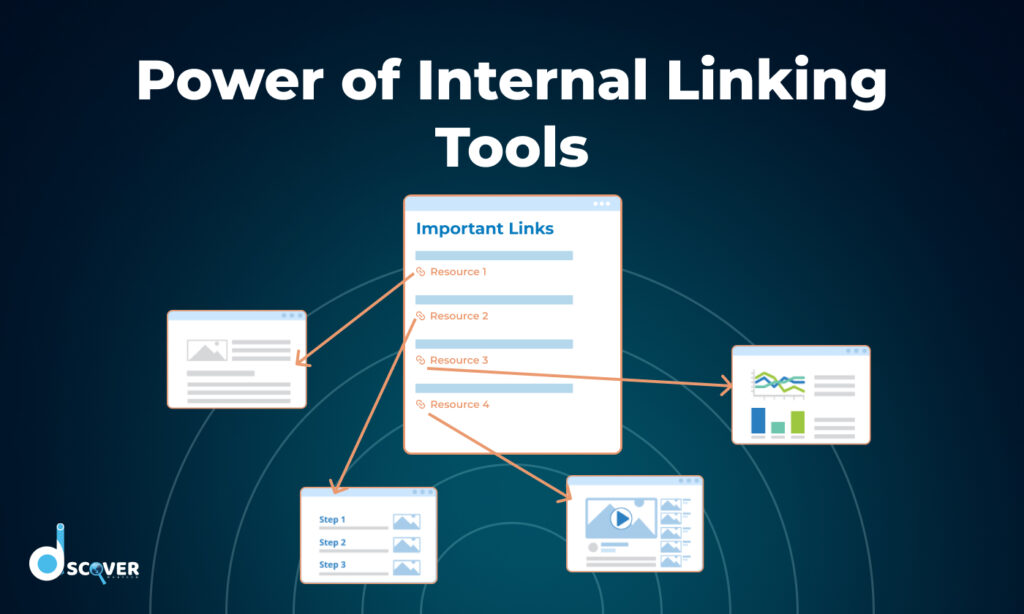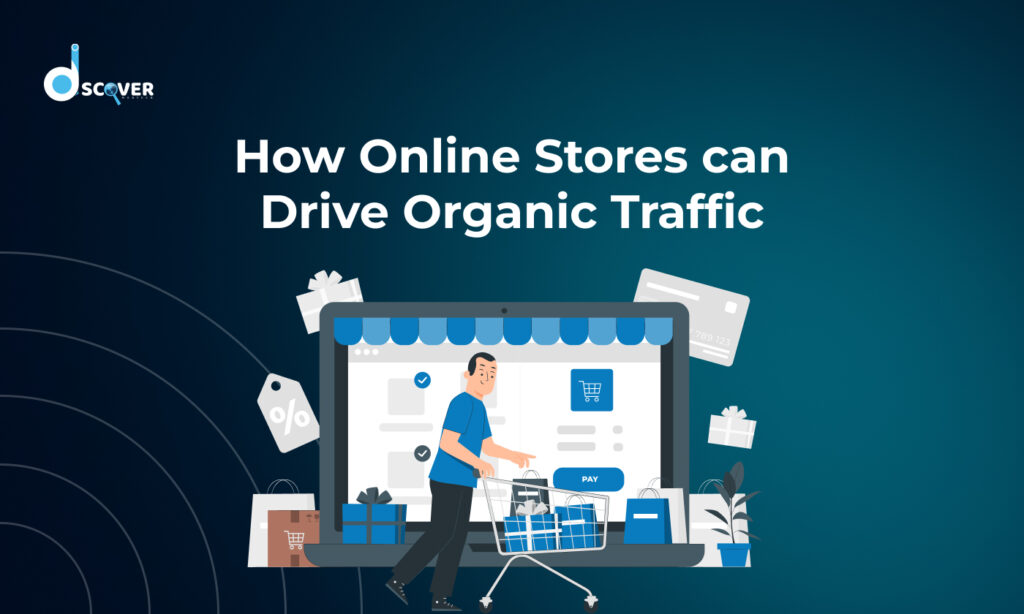Internal linking is one of the most effective yet underutilized on-page SEO strategies. When done right, it enhances website navigation, distributes page authority, and improves crawlability — all of which lead to better search engine rankings.

In this blog post, we’ll explore the benefits of internal linking, explain how to do internal linking properly, answer the common question: how many internal links should a page have, and introduce the best internal linking tool to improve efficiency and performance.
Understanding the Benefits of Internal Linking
Internal linking refers to the practice of linking one page of your website to another page within the same domain. While it may seem like a simple strategy, it brings significant SEO and usability advantages.
1. Improves Search Engine Crawling and Indexing
Search engines use internal links to discover and index content. When you link to deeper pages from popular or high-authority ones, you increase the chances of those pages being crawled more frequently.
2. Distributes Link Equity (Page Authority)
By strategically linking from high-authority pages to other relevant pages, you can pass on ranking power — often referred to as “link juice.” This helps improve the visibility of less prominent pages.
3. Enhances User Experience and Site Engagement
Internal linking guides visitors to related or helpful content, encouraging them to spend more time on your website. A well-structured internal linking strategy can reduce bounce rates and increase page views.
4. Supports Topic Relevance and Keyword Strategy
Using keyword-rich anchor text for internal links reinforces the relevance of both the source and destination pages, aiding in contextual SEO.
In summary, the benefits of internal linking go beyond SEO. They support user journey optimization, brand storytelling, and content discoverability.

How to Do Internal Linking Effectively
Creating an internal linking strategy requires thoughtful execution. Here’s a step-by-step approach to doing it the right way.
1. Plan a Clear Site Hierarchy
Start by defining a logical site structure. Your homepage should lead to category or pillar pages, which in turn link to supporting blog posts or product/service pages. This ensures a clear flow of content and information.
2. Use Relevant Anchor Text
Anchor text is the clickable portion of a hyperlink. Use descriptive, keyword-focused anchor text that provides context to both users and search engines. Avoid vague phrases like “click here.”
3. Link to Contextually Relevant Content
Make sure the pages you link together share a topical relationship. For instance, a blog about email marketing should link to related topics like automation, lead nurturing, or list segmentation.
4. Prioritize Deep Links
Instead of repeatedly linking to top-level pages, direct traffic to lesser-known or newer content that needs visibility.
5. Avoid Over-Optimization
Adding too many internal links on a page can dilute SEO value and appear unnatural. Always link with the user in mind.
If you’re unsure about the process, using a reliable internal linking tool can help automate suggestions and prevent manual errors—or consider getting consultation with an SEO expert to guide your strategy.
How Many Internal Links Should a Page Have?
There is no fixed rule on the exact number of internal links per page, but general best practices can be followed based on content length and structure:
- Short-form content (up to 500 words): 1–3 internal links
- Medium-length content (500–1000 words): 3–5 internal links
- Long-form content (1000+ words): 5–10 or more, depending on relevance
The key is balance. Ask yourself: Does this link help the reader? Does it add value to the content? If yes, it’s a worthwhile addition.
Overlinking can confuse both users and search engines, so always aim for quality over quantity when deciding how many internal links should a page have.
Best Internal Linking Tool for SEO Optimization
Manually managing internal links can be time-consuming, especially for large websites. Thankfully, several internal linking tools are available to help you implement and monitor your strategy efficiently.
1. Link Whisper
A WordPress plugin designed to automate internal link suggestions as you write content. It offers smart recommendations, bulk linking, and reporting features to identify orphaned posts.
Best for: Bloggers, content marketers, and WordPress users
2. Yoast SEO Premium
An all-in-one SEO plugin that includes internal linking suggestions. It highlights relevant posts based on your current draft, ensuring contextual relevance.
Best for: WordPress users looking for a broader SEO tool
3. Screaming Frog SEO Spider
A desktop crawler tool that audits your website and helps identify broken links, orphaned pages, and internal link depth. It’s a technical tool with in-depth data.
Best for: SEO professionals and technical marketers
4. Ahrefs & SEMrush
Both tools offer internal linking audits, content gap analysis, and page authority metrics. They are comprehensive SEO suites suitable for advanced users.
Best for: Agencies and businesses managing large websites
Choosing the best internal linking tool depends on your platform, website size, and SEO experience. For most WordPress users, Link Whisper is a great starting point.
Final Thoughts
Internal linking is a foundational yet powerful SEO tactic that enhances both visibility and usability. By following a clear strategy, using relevant anchor texts, and keeping your internal link count balanced, you can maximize the performance of your content.
To summarize:
- The benefits of internal linking include better indexing, user engagement, and authority distribution.
- Understand how to do internal linking with best practices like deep linking and keyword-focused anchor text.
- Keep in mind how many internal links should a page have—not too few, not too many.
- Leverage the best internal linking tool to automate and improve your workflow.
Start using internal links intentionally—and watch your SEO performance grow over time.
Contact us for our Digital Marketing Services
Checkout ou latest blog on – ‘How to Choose the Right Tools for Website Audit: A Beginner’s Guide’


